We occasionally encounter RX3s that stall when slowing to a stop. I’ve experienced this once or twice on my RX3. I’ve also experienced it occasionally on nearly all of the approximately 40 motorcycles I’ve owned over the last 50+ years. I never thought it was much of a big deal. That notwithstanding, we do see bikes here occasionally exhibiting this tendency. We’re able to take care of it pretty quickly and we thought it would be a good thing to share our approach with you.
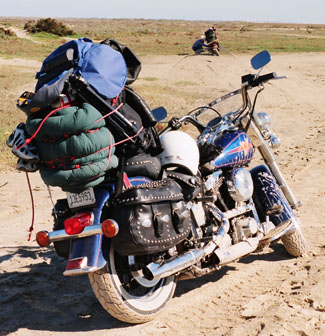
The Staller-In-Chief in Baja demonstrating how not to pack for an adventure ride…
Motorcycle engines are inherently more prone to stalling than are car engines mostly because there’s a lot more inertial mass in an automobile engine to keep the crank rotating. My experience is that singles stall more than do twins, twins stall more often than do fours, and so on. In fact, as I write this, I’m trying to remember if my old Honda CBX ever stalled (it was a six-cylinder motorcycle). The other things that make engines more likely to stall at low rpm are high compression (the RX3 is way up there with an 11.6:1 compression ratio), strong valve springs (the RX3’s are quite strong due the engine’s high redline), and low crankshaft mass (as is the case for a 250; although my Big Twin Harley stalled more at idle than any of the motorcycles I’ve owned). Engines are also more likely to stall at idle when a bike is new because they not fully broken in yet and there is more internal friction.
As is the case for other bikes, when a motorcycle engine stalls it usually happens when rolling to a stop at a light or a stop sign, with the clutch pulled in, just as the engine drops to idle. When a customer brings a bike to us with this concern, this tutorial will take you through the things we do to address it
Fuel
Zongshen recommends running 89 octane fuel in the RX3. Our experience riding in Mexico and here in the US indicates the bikes run well on 87 octane fuel (and many times in overseas locations that’s all that’s available; in Colombia fuel was actually as low as 83 octane).
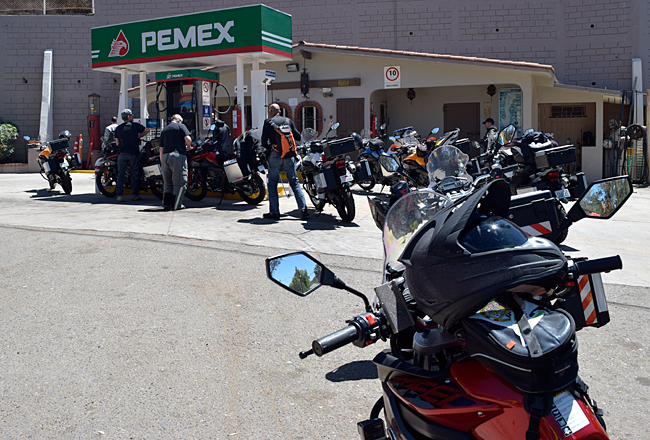
We’ve found that running premium fuel (91 octane) seems like it makes the bikes run better and this alone can eliminate the occasional stall when rolling to a stop. Gerry told me he always runs premium fuel in his RX3. I usually buy whatever’s cheapest wherever I am (and I ride a lot in Mexico), but I’m going to start running 91 when I can get it.
Fuel Treatment
Gerry’s experience at BMW indicates that their bikes ran a lot better when he added a bit of Lucas Upper Cylinder Lubricant fuel treatment during a service, and he carried that practice over to our bikes. Gerry refers to it as “fuel injector cleaner” and the main reason he uses it is because it works. I’m lucky in that Gerry takes a look at my bike every third or fourth time I ride it to the plant. Every so often he puts a tiny bit of this joy juice in my tank. My seat-of-the-pants experience is that the bike feels like it runs better after he’s done so.
The Lucas treatment cleans the upper cylinder area and the injector. I’ll say more about the injector further along in this tutorial, but let me preface my later remarks by saying the openings in the fuel injector are very tiny and anything that helps to keep them clean is a good thing.
We sell the Lucas fuel treatment in two different sizes. If you need some of this great stuff, you can find it on our website or give us a call at 909 445 0900.
Fuel Filter
If your bike is exhibiting an occasional stall when coming to a stop, it might be due to a dirty fuel filter. The fuel filter is located under the fuel tank on the right side of the bike.
There’s no easy way to determine if the fuel filter is sufficiently dirty to induce an occasional stall and the part is inexpensive. Just replace the filter with a new one and you’ll know you have a clean filter.
Throttle Cable Adjustment
Make sure there is a bit of play in the throttle such that the cable has a small amount of slack in it. You want to be able to twist the throttle 1 to 3 degrees before it actually starts to pull on the cable.
If the throttle cable has no slack in it, when you close the throttle to return to idle it holds the throttle open a tiny bit. That can confuse the engine management system and this can induce a stall. It’s an easy check and it’s one of the first things we look for when a bike exhibits an occasional stall when rolling to a stop.
Battery
The RX3 is a fuel-injected bike and the engine management system is electrically controlled. Anything that interferes with getting the right amount of electrical energy where it needs to be will adversely affect engine performance, and this can induce stalling.
We check the battery connections to make sure they are secure and free of corrosion. You can refer to our electrical system maintenance tutorial on this.
We will make sure the battery output is 13.9 volts or greater at engine idle. You’ll need to check this with a multimeter.
Gerry’s bike showed 14.27 volts at idle when I took the photos for this tutorial. Don’t get your shorts in a knot if your bike’s electrical output at idle is a little lower than Gerry’s 14.27 volts; all it needs to be is 13.9 or greater.
Spark Plug Check
We’ll pull the spark plug and inspect the tip. It should be sharp and have a light tan color to it. We usually replace the spark plug with a dual-tip plug, as these generally provide for better running in a high performance motor like the one in the RX3.
We recommend the NGK brand, and you can run an 8 or a 9 depending on the type of riding you do. We stock these, and if you call us (909 445 0900) you can talk to Gerry to get his advice on the best one for you.
Finally, we always make sure the spark plug cap is fully seated.
O2 Sensor Connection
We’ll check the O2 sensor connector to make sure it is fully seated. It’s located forward of the frame downtubes.
We recommend using dielectric grease on the connector contacts. We sell dielectric grease, so if you need some give us a call or order it online from our website.
Air Filter
It’s also a good idea to pull the air filter and make sure it is clean and properly oiled. If it is not, we replace it with a new one. You can order a new air filter from us if you need one.
Intake Area Leaks
We will check for leaks around the intake area by starting the motorcycle and letting it warm up and settle into a steady idle. While the engine is idling, we spray a stream of soapy water around the injector and the intake manifold. Or, you can use a handheld propane torch (don’t light it, just open it to let out a small propane stream). Don’t use WD40; it will leave a flammable mess on the bike and you could start a fire.
What we want to see as a result of this test is no change in the idle speed. If the idle speed changes (up or down) while performing this test, there’s an intake area leak. You’ll have to find and correct the leak if this test indicates a leak is present.
Valve Adjustment
If your valves are out of adjustment (and specifically, if they are too tight), the bike can stall when returning to idle. Gerry will run a compression test first (if the bike’s not seeing 90 psi in this test, it’s an indication the valves are not fully closing).
.jpg) You don’t need to do a compression check to check the valves (you can go right to a valve adjustment). If you need to adjust the valves on your RX3, you can turn to our valve adjustment maintenance tutorial for guidance on how to do so. Incidentally, the feeler gage you see in the above photo was the only one we had when I wrote the valve adjustment tutorial a couple of years ago. We sell feeler gages that are much easier to use when checking your valves. Give us a call if you would like to purchase one of these feeler gages.
You don’t need to do a compression check to check the valves (you can go right to a valve adjustment). If you need to adjust the valves on your RX3, you can turn to our valve adjustment maintenance tutorial for guidance on how to do so. Incidentally, the feeler gage you see in the above photo was the only one we had when I wrote the valve adjustment tutorial a couple of years ago. We sell feeler gages that are much easier to use when checking your valves. Give us a call if you would like to purchase one of these feeler gages.
More Advanced Stuff
What we explain above are the easy checks to make sure everything is good, and when we encounter stalling the things I’ve written about above are usually sufficient to eliminate the problem. Gerry has a few more tricks up his sleeve in the rare event those don’t work.
MotorVac Fuel Treatment
We’ll run a more aggressive cleaning agent (MotorVac CarbonClean) through the engine if all of the above hasn’t corrected the problem.
This is aggressive stuff (it’s very corrosive), so you need to be careful when using it. Gerry will mix in in the proper ratio in an external fuel tank like the one you see in the photo below.
OBD2 Diagnostic Evaluation
The RX3 has an OBD2 engine diagnostic capability (OBD2 stands for Onboard Diagnostics 2), which means that it uses a standardized built-in-test equipment engine diagnostic coding system. You can see if your bike has any fault codes present by turning the ignition switch on and off twice and then turning it on a third time. If a fault is present, the red light on the RX3 dash will flash in a sequence that indicates the fault. We’re going to have a separate maintenance tutorial posted in a week or two that explains how to do this in more detail.
In the meantime, we have a handheld engine analyzer that connects to the bike’s engine management system and provides a direct readout of any faults. Gerry showed me how to connect this to the bike and what to look for. We’re interested in the throttle position at idle, and it should be open not more than 0.15% (as you can see in the readout below).
Like I said above, we’re going to have a tutorial posted on this in the near term. We have these analyzers available. You can buy one from us, or you can rent one if you need it to troubleshoot your bike. Give us a call for more details.
Fuel Injector Replacement
The RX3’s engine is fuel injected, and the injector has four extremely small openings. You can see these in the photos below.
It doesn’t take much for one of those little openings to clog or for the injector to not fully close, and when that happens, the engine’s fuel management system reacts to it based on what the O2 sensor sees. If the injector is dribbling fuel when it shouldn’t be, the O2 sensor tells the engine management system the bike is running rich and it makes it run leaner on the next rotation. At higher rpm, it’s no big deal because there’s a lot of inertial mass and the crank just rotates through to the next cycle. At low rpm, there may not be enough rotational inertia and the engine can stall. That’s why we run a cleaner through the fuel system if a bike exhibits stalling.
If the fuel injector is clogged or sticks or is otherwise defective, it’s a relatively low cost item and it’s a simple thing to replace. The fuel injector is located on the engine intake manifold as shown in the photo below.
Along with all of the other parts on the RX3, we stock the fuel injector, so if you need one, please give us a call.
That’s about it. If you’d like, feel free to give us a call; Gerry will be happy to help you.
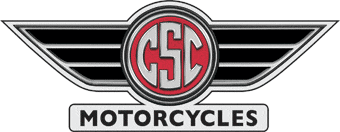



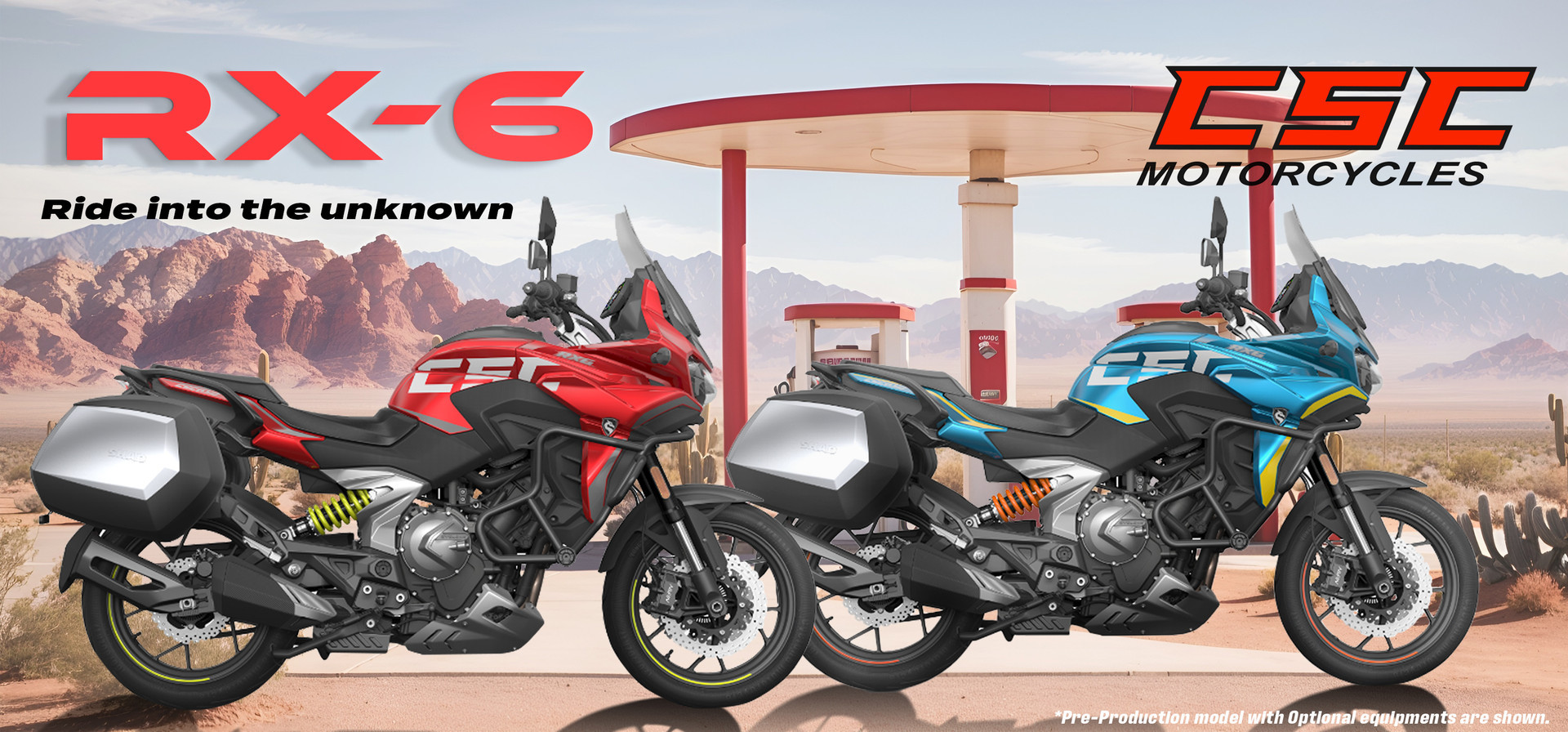
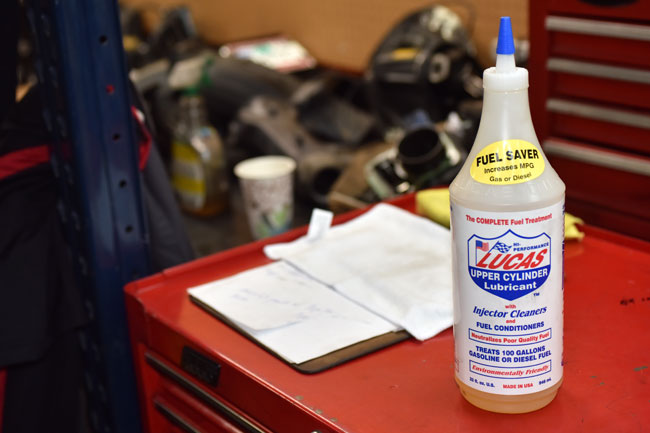
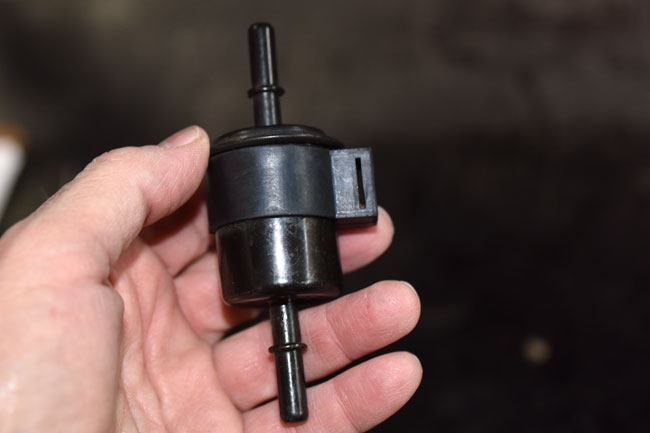
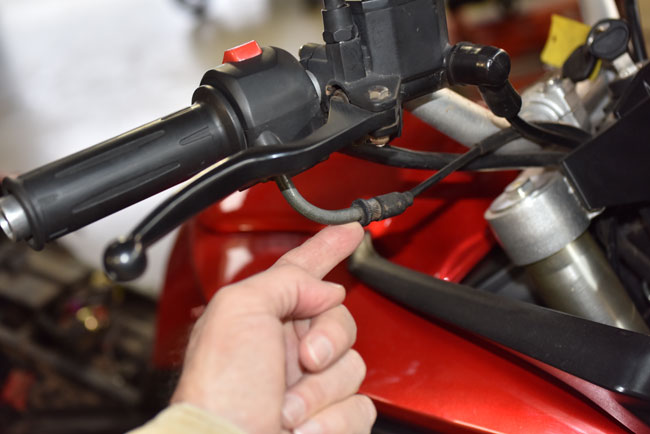
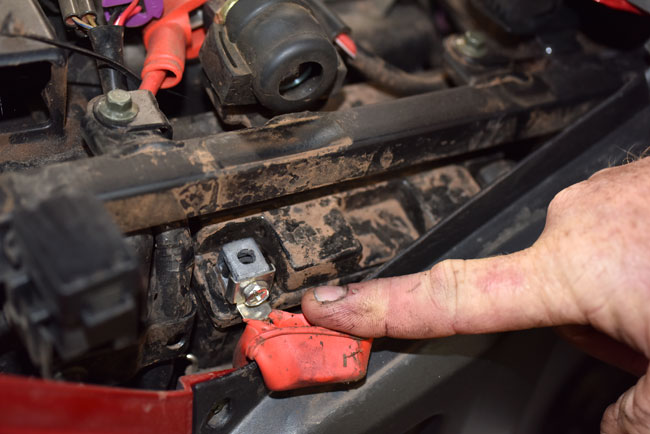
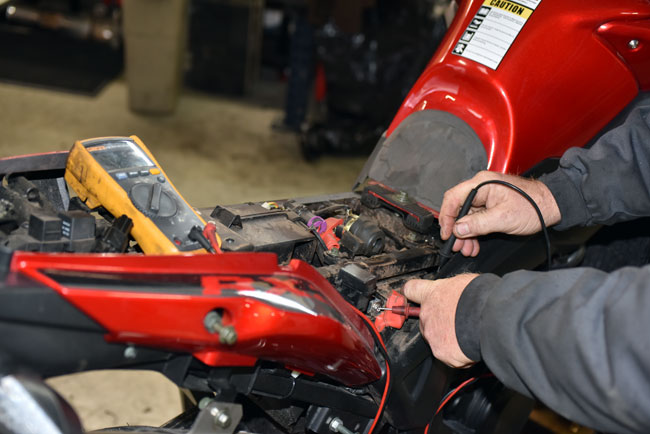
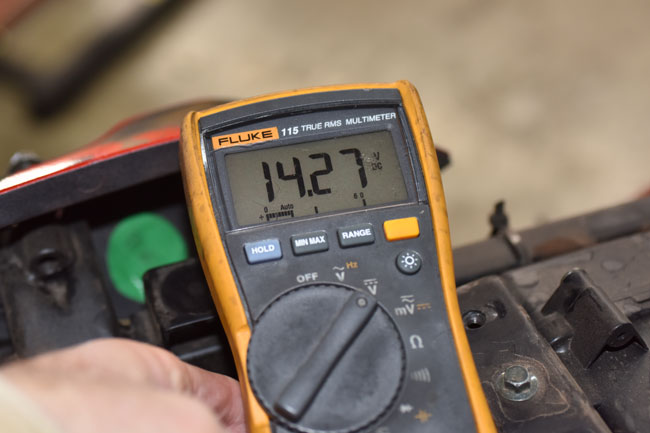

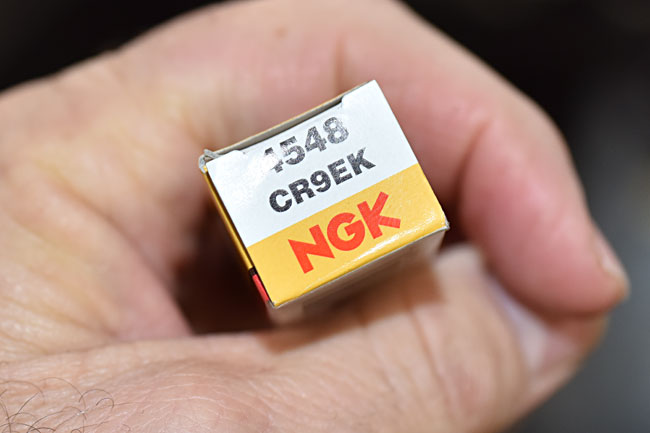
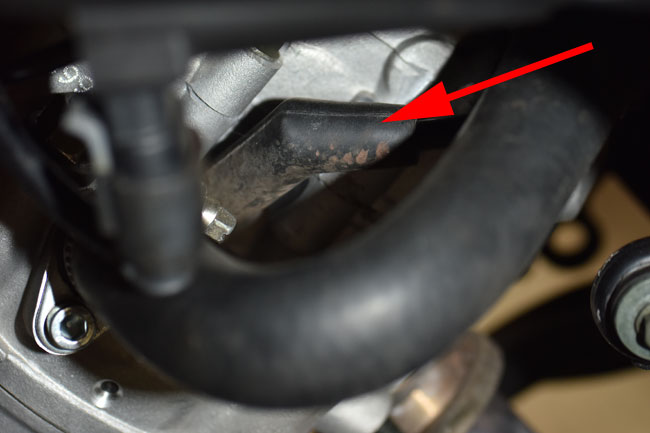
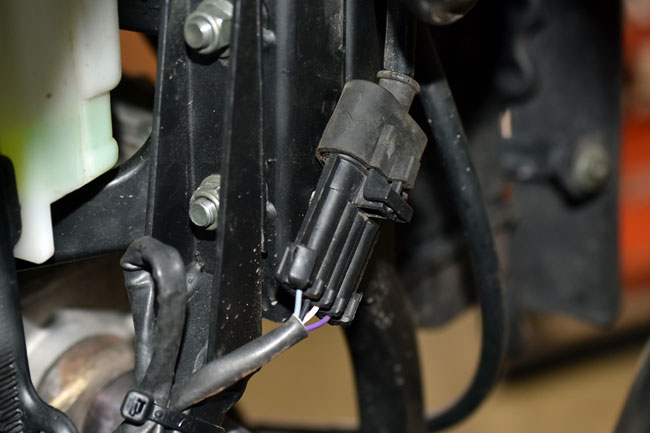

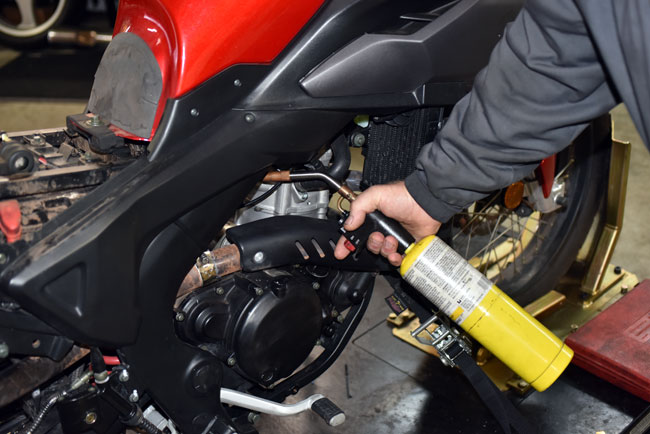
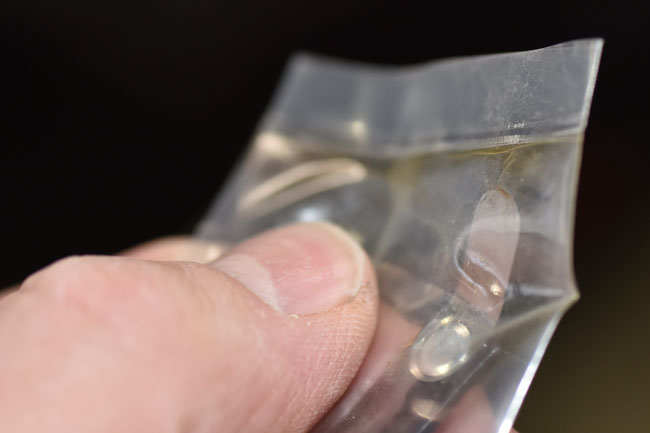

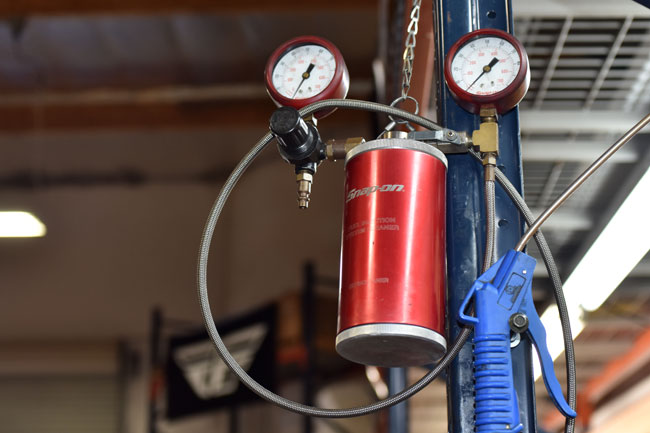
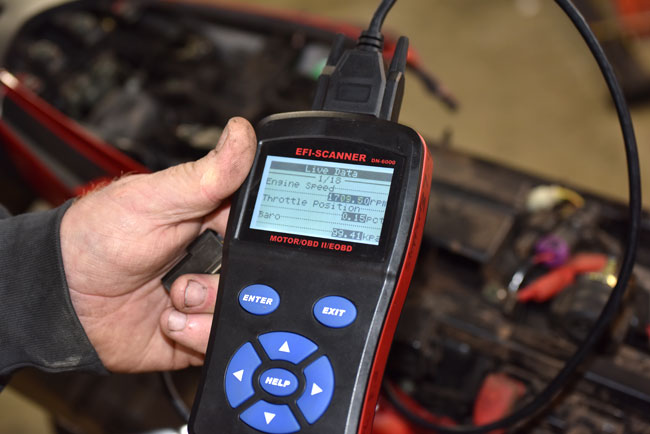
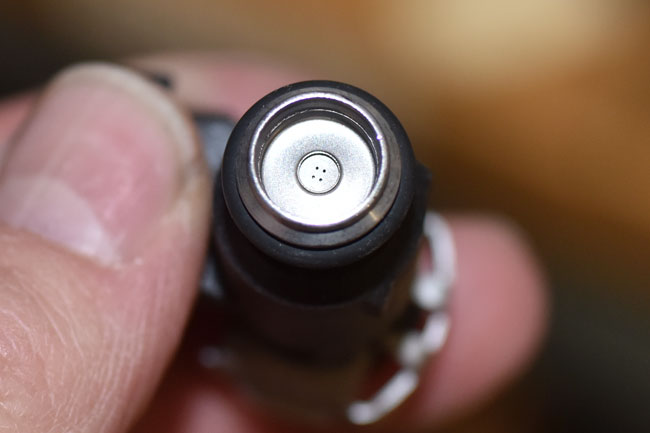
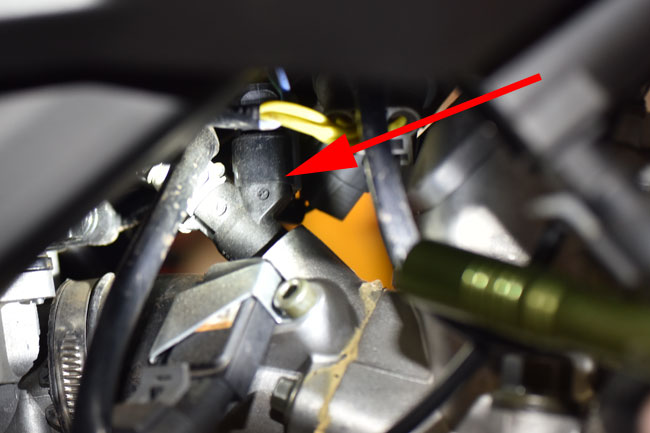
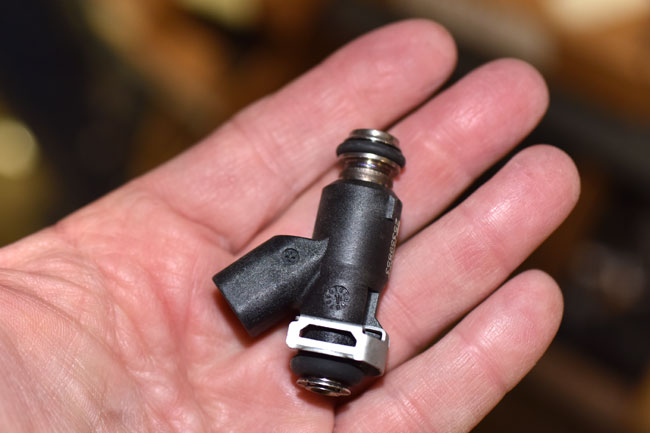
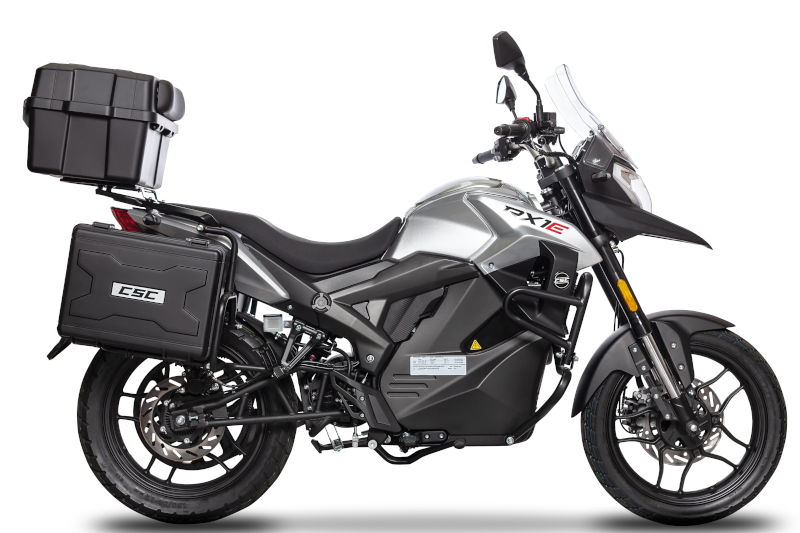 RX1E Electric Motorcycle
RX1E Electric Motorcycle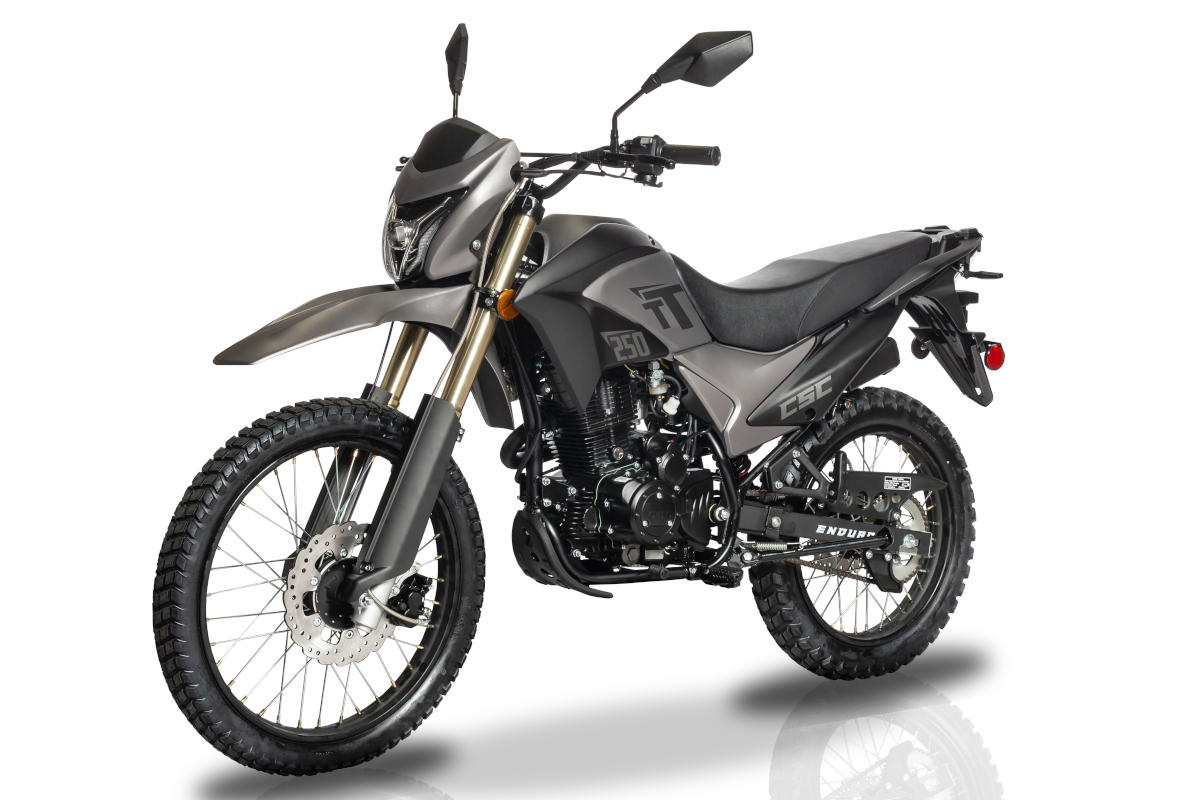 TT250 Enduro
TT250 Enduro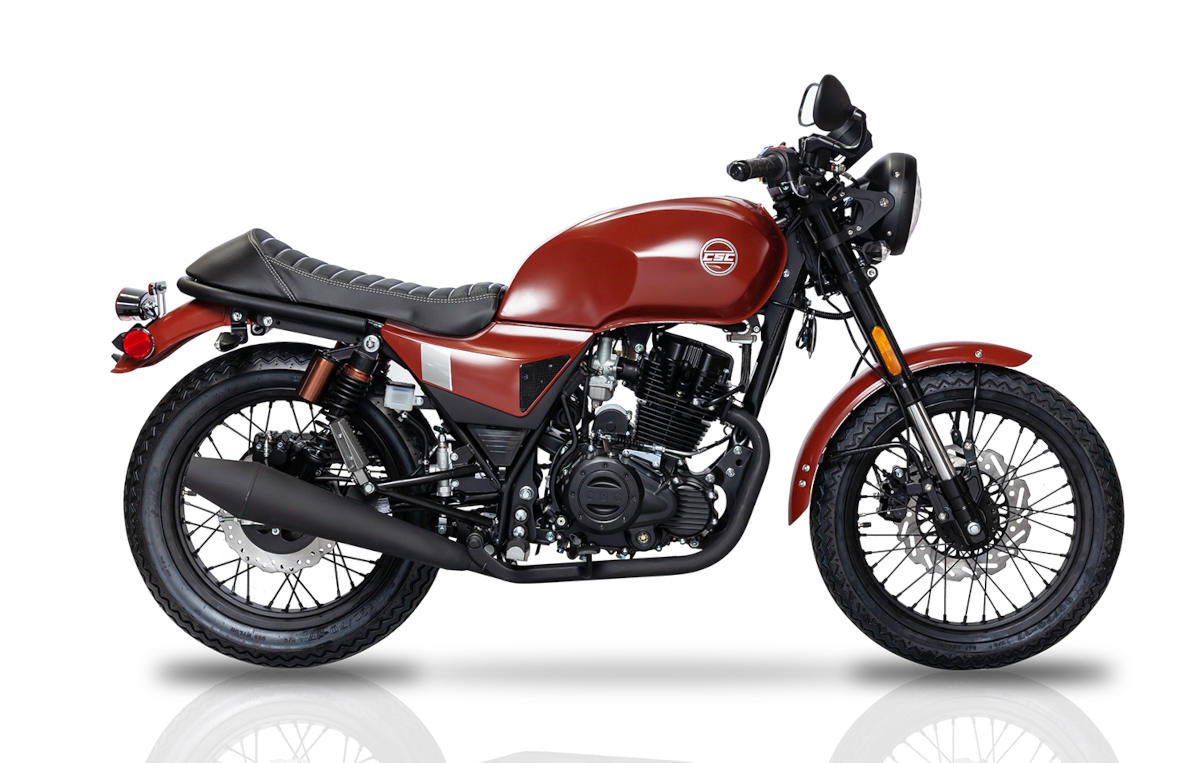 SG250 San Gabriel Cafe Racer
SG250 San Gabriel Cafe Racer